Table of content
- Orchard Hygiene and Disease Control
- Irrigation and Nutrient Management
- Thinning and Crop Load Adjustment
- Harvest Timing
- Gentle Harvesting Techniques
- Field Sorting and Culling
- Pre-Cooling
- Sanitation
- Refrigeration
- Controlled Atmosphere (CA) Storage
- Modified Atmosphere Packaging (MAP)
- 1-Methylcyclopropene (1-MCP) Treatment
- Edible Coatings
- Canning and Preserving
- Drying
- Freezing
- Fermentation
- Refrigeration
- Ripening Control
- Avoid Bruising
- Check Regularly
Cuiguan pears, known for their crisp texture, juicy sweetness, and refreshing flavor, are a beloved fruit in many regions. However, their relatively short shelf life post-harvest poses challenges for growers, retailers, and consumers alike. Proper preservation and storage techniques are essential to extend their freshness, maintain nutritional value, and reduce waste. This article delves into the science and practical strategies for preserving Cuiguan pears, from harvest to consumption, ensuring they retain their quality for as long as possible.
Understanding Cuiguan Pears: Characteristics and Shelf-Life Challenges
Cuiguan pears (Pyrus pyrifolia ‘Cuiguan’) are a hybrid cultivar prized for their early maturity, high yield, and resistance to disease. Their thin, greenish-yellow skin and snow-white flesh make them visually appealing, while their low acidity and high sugar content contribute to their delicate taste. However, these pears are highly perishable due to their thin skin, rapid respiration rates, and susceptibility to bruising, microbial spoilage, and physiological disorders like core breakdown or scald.
The primary factors affecting their post-harvest longevity include:
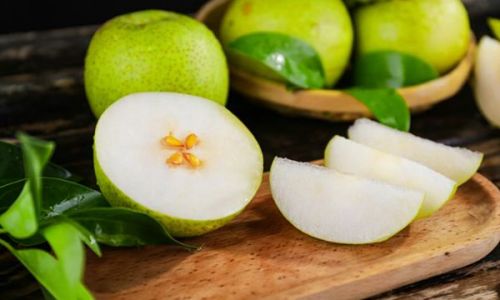
- Temperature: High temperatures accelerate ripening and senescence.
- Humidity: Inadequate moisture levels lead to dehydration and shriveling.
- Ethylene Gas: As climacteric fruit, Cuiguan pears produce ethylene, which triggers ripening and aging.
- Mechanical Damage: Bruises or cuts create entry points for pathogens.
To maximize shelf life, it is crucial to address these factors through a combination of pre-harvest practices, post-harvest handling, and storage technologies.
Pre-Harvest Practices for Optimal Storage Potential
The journey to long-lasting Cuiguan pears begins in the orchard. Orchard management practices significantly influence the fruit’s ability to withstand storage.
Orchard Hygiene and Disease Control
Diseases like Penicillium rot or Alternaria spot can compromise fruit integrity. Regular pruning, removal of infected branches, and application of fungicides (when permitted and safe) during the growing season reduce pathogen load. Organic growers may use copper-based sprays or biocontrol agents like Bacillus subtilis.
Irrigation and Nutrient Management
Proper watering is critical. Over-irrigation near harvest can lead to waterlogging, increasing the risk of splitting and decay. Conversely, drought stress weakens the fruit’s epidermal layers. A balanced fertilization regimen, emphasizing potassium and calcium, enhances cell wall strength and reduces disorders like lenticel breakdown.
Thinning and Crop Load Adjustment
Overcrowded trees produce smaller, weaker pears with thinner skins. Strategic thinning ensures each fruit receives adequate nutrients and sunlight, resulting in thicker skin and better storage potential.
Harvest Timing
Cuiguan pears are typically harvested when they reach physiological maturity but before full ripeness. Key indicators include:
- Skin Color: A transition from deep green to light green with a yellow tinge.
- Firmness: The fruit should yield slightly to gentle pressure but not feel soft.
- Seed Color: Brown seeds (as opposed to white) indicate maturity.
Early harvesting extends storage life but may compromise sweetness, while delayed harvesting risks overripening.
Post-Harvest Handling: The First 24 Hours
The period immediately after harvest is pivotal. Rough handling during sorting, packing, or transport can inflict invisible injuries that accelerate decay.
Gentle Harvesting Techniques
Fruit should be picked by hand, using a twisting motion to avoid tearing the stem. Mechanical harvesters, while efficient, often cause bruising and stem damage, which are detrimental to storage life.
Field Sorting and Culling
Damaged, diseased, or immature pears should be discarded immediately. Even minor abrasions can become hotspots for mold growth.
Pre-Cooling
Cuiguan pears generate significant field heat after harvest, which elevates respiration rates and ethylene production. Pre-cooling rapidly lowers the fruit’s temperature to slow these processes. Methods include:
- Hydrocooling: Immersing pears in cold water (0–2°C) for 10–15 minutes.
- Forced-Air Cooling: Using fans to circulate chilled air through packed fruit.
Pre-cooling should occur within 2–4 hours of harvest to be effective.
Sanitation
Washing pears with a mild chlorine solution (100–200 ppm) removes field dirt and pathogens. However, excessive moisture must be avoided to prevent microbial proliferation.
Advanced Storage Technologies
Refrigeration
Temperature: The ideal storage temperature for Cuiguan pears is 0–1°C (32–34°F). At this range, respiration and ethylene production are minimized without causing chill injury.
Humidity: Maintain relative humidity (RH) at 90–95% to prevent dehydration. Low humidity can be mitigated by using humidifiers or wrapping pears in perforated polyethylene films.
Storage Life: Properly refrigerated pears can last 2–3 months.
Controlled Atmosphere (CA) Storage
CA storage involves adjusting gas levels to suppress ripening. Typical settings include:
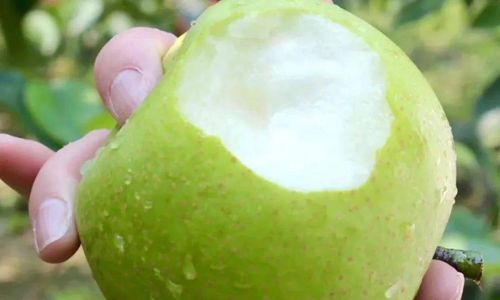
- Oxygen (O₂): 1–3%
- Carbon Dioxide (CO₂): 1–2%
Lowering O₂ and elevating CO₂ slow respiration and ethylene synthesis. However, excessive CO₂ (above 5%) can cause off-flavors or skin discoloration. CA storage can extend shelf life to 4–6 months.
Modified Atmosphere Packaging (MAP)
For small-scale storage, MAP uses permeable films to create a micro-environment around the fruit. The film allows gas exchange while maintaining elevated CO₂ and reduced O₂ levels. MAP is ideal for retail displays or home use.
1-Methylcyclopropene (1-MCP) Treatment
1-MCP is a synthetic compound that blocks ethylene receptors, delaying ripening. Pears are exposed to 1-MCP gas (typically 0.5–1 ppm) for 12–24 hours post-harvest. This treatment can double storage life without compromising quality.
Edible Coatings
Applying coatings made from chitosan, beeswax, or aloe vera creates a semi-permeable barrier, reducing moisture loss and gas exchange. These coatings also inhibit microbial growth.
Alternative Preservation Methods
For those without access to advanced storage facilities, traditional and innovative methods offer viable alternatives.
Canning and Preserving
Cuiguan pears can be canned in syrup, juice, or water. The process involves peeling, slicing, blanching, and sealing in jars under heat. Properly canned pears retain flavor for 12–18 months.
Drying
Dehydrating pears at 55–60°C (131–140°F) until leathery (15–20% moisture content) prevents microbial growth. Dried pears can be stored in airtight containers for 6–12 months.
Freezing
Blanching slices in boiling water for 2 minutes, then freezing on trays before transferring to bags, preserves texture and flavor for 8–12 months.
Fermentation
Turning pears into wine or vinegar introduces beneficial bacteria that outcompete spoilage organisms. Fermented products have indefinite shelf lives if stored correctly.
Consumer-Level Storage Tips
Even at home, proper handling can extend Cuiguan pear freshness.
Refrigeration
Store unwashed pears in the crisper drawer at 0–4°C (32–39°F). Use a paper towel to absorb excess moisture and prevent rot.
Ripening Control
To delay ripening, keep pears away from ethylene-producing fruits like bananas or apples. To accelerate ripening, place them in a paper bag at room temperature.
Avoid Bruising
Handle pears gently and store them in a single layer to prevent pressure damage.
Check Regularly
Remove any decaying fruit immediately to prevent spread.
Common Mistakes to Avoid
- Washing Before Storage: Moisture promotes mold; wash only before eating.
- Storing at Room Temperature: Unless ripening, pears spoil faster at ambient temps.
- Ignoring Ethylene Sensitivity: Never store pears with ethylene-sensitive produce like leafy greens.
- Overcrowding: Packed containers restrict airflow and accelerate decay.
Conclusion
Preserving Cuiguan pears requires a multi-faceted approach, integrating orchard practices, post-harvest technology, and mindful consumer habits. By controlling temperature, humidity, and ethylene exposure, and employing treatments like 1-MCP or CA storage, growers can achieve remarkable extensions of shelf life. For home users, refrigeration, gentle handling, and traditional preservation methods offer effective solutions. Ultimately, the goal is to balance scientific rigor with practicality, ensuring that the sweet, crisp delight of Cuiguan pears can be enjoyed long after harvest. With proper care, these jewels of the orchard can grace tables for months, reducing waste and delighting palates worldwide.
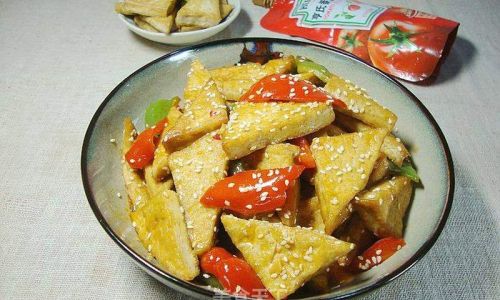
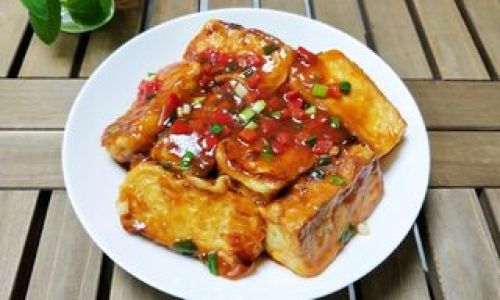
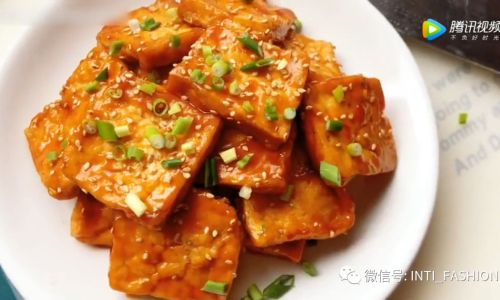
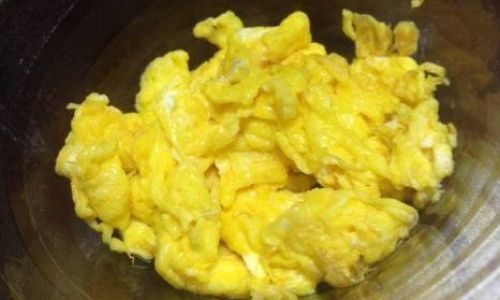
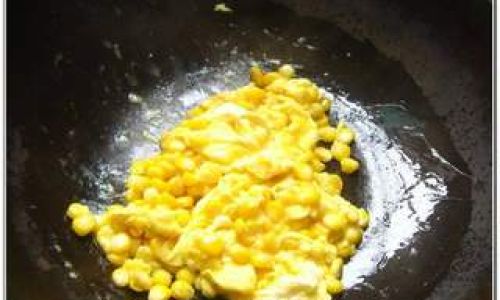
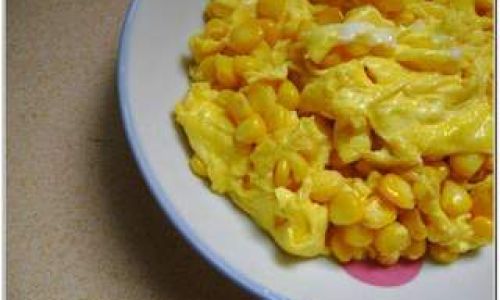
0 comments